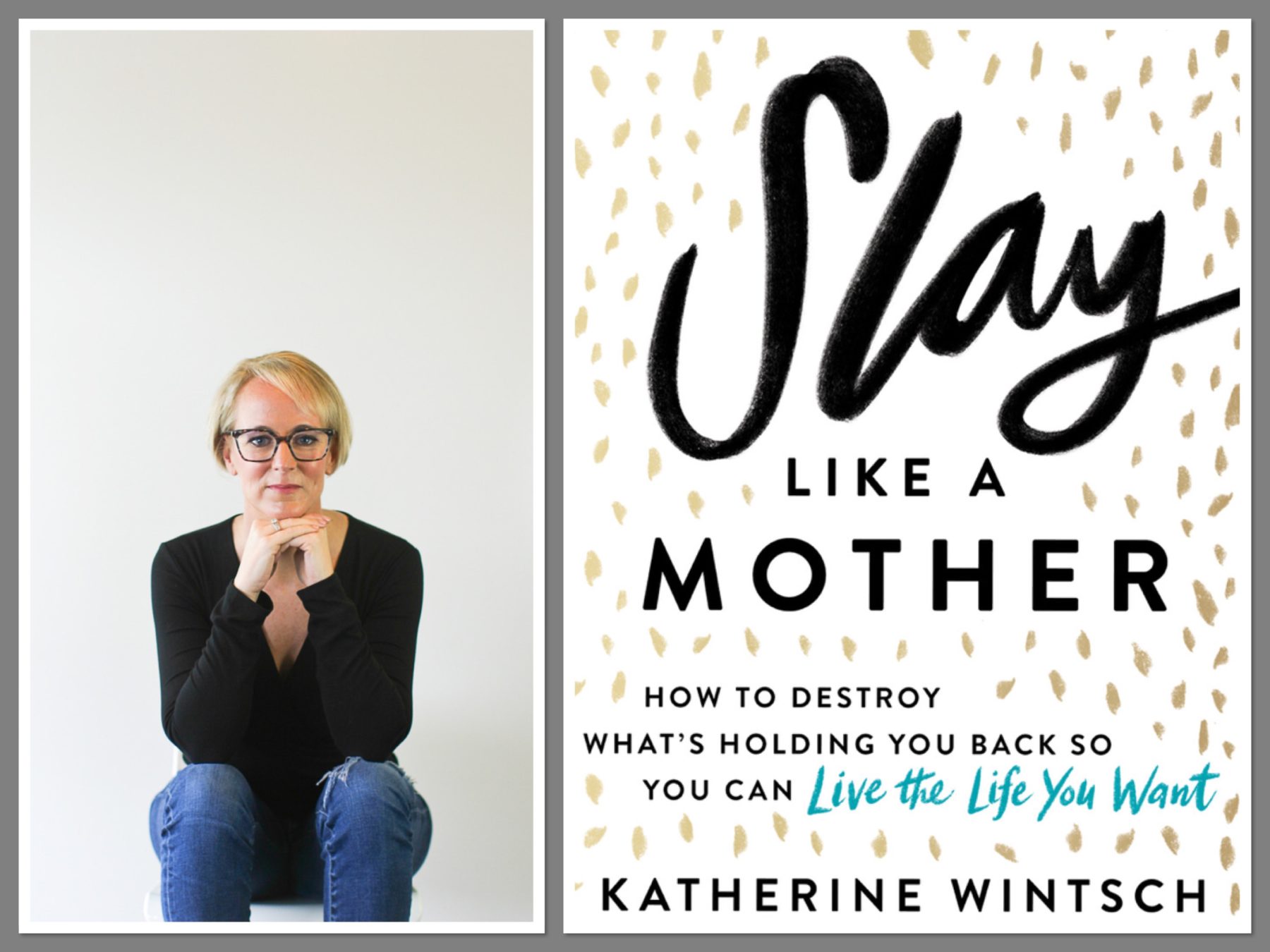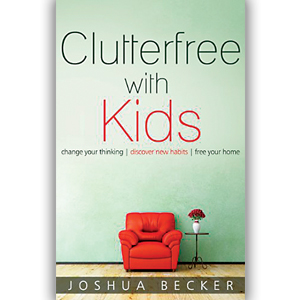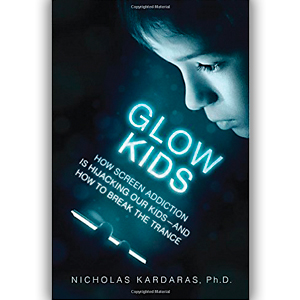Nobody Likes Me, Everybody Hates Me – Cliques
According to Michele Borba, “The word clique strikes terror in the heart of every parent.” This tight group of friends, reluctant to welcome newcomers, can be tough to break into so Borba examines the friendship skills for needed to fit in. If your child is always the outsider, never included in the group, seemingly on the fringe, then read on.
Nobody Likes Me, Everybody Hates Me explains that researchers followed third- through sixth- grade students for eight years and discovered that they divided themselves into four social categories:
- The Popular Clique – The coolest kids equal 35%.
- The Fringe – The wannabe cool kids comprise 10%.
- Middle Friendship Circles – Unique interests, like skaters and musicians, are 45%.
- The Loners – 10% represents kids without a group membership.
Borba reminds parents that “this isn’t about trying to make your child Miss or Mister Popularity – this is about helping your child avoid a diet of put-downs and humiliation that can be disastrous to her self-esteem and instead learn essential skills for a life of getting along, forming alliances, becoming trustworthy, and learning to become close to a broad variety of friends.” I realize in some ways it might sound like you’re preparing your child for a future role on Survivor but some of Borba’s suggestions really make sense.
My favorite offers parents a clever way to find out the facts. Borba shares how the authors of Cliques, Charlene C. Giannetti and Margaret Sagarese, interviewed hundreds of middle schoolers and found that one of the best ways for kids to open up about the problems of cliques at their school is to have them draw a map of where everyone sits in the cafeteria. Borba explains, “This map will help you see where your child fits in and give you a sense of the social dynamic at her school.”
Then, what should you do? Talk to teachers, identify one ally, and dress the part. This last suggestion to notice how the group looks so you can fashion yourself accordingly gives me pause. I mean the last thing I’m going to tell my daughters is to alter their appearances through a hairdo or clothes, yet having spent so much time in schools as a teacher, I did see how a disheveled or outdated appearance made it harder for kids to blend in so I understand where she’s coming from. But from my experience, those were extreme cases, not your typical clique drama.
Still, I think giving your child time to bond with someone else is the best advice she offers. Let’s be realistic. Unlike on Facebook, where you can befriend a ton of people all at once, friendships take work. So resist the quick fix of signing your child up for an organized group, like Scouting. According to Borba, research reveals that children who regularly experience peer rejection in school usually don’t find success in such generic settings. They tend to thrive, instead, in more focused groups, like a chess club or music ensemble. Or you can just carve out an afternoon in your child’s busy schedule for an old-fashioned “playdate” and let your child invite another with similar interests over. It really doesn’t matter what they do so long as you remember friendships are made one fun, shared experience at a time.
Don’t forget to “like” Parenting by the Book on Facebook for updates on blog posts.






